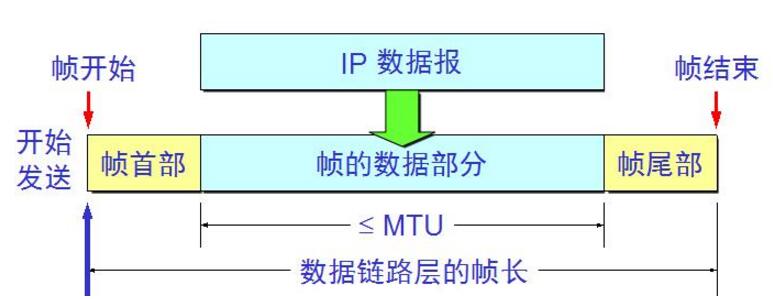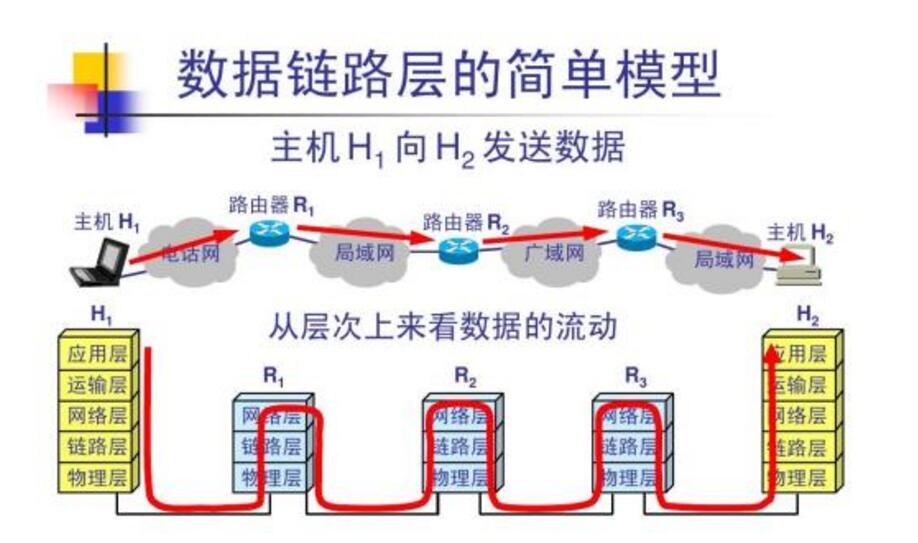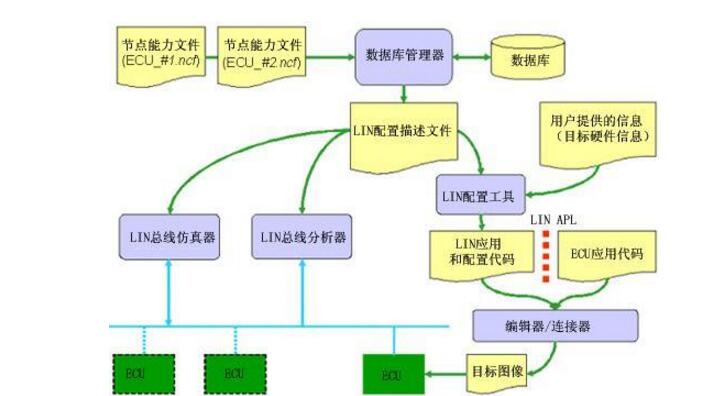The data link layer is the second layer in the OSI reference model, between the physical layer and the network layer. The data link layer provides services to the network layer based on the services provided by the physical layer. The most basic service is to reliably transmit data originating from the network layer to the target network layer of the adjacent node. To achieve this goal, the data link must have a series of corresponding functions, mainly: how to combine data into data blocks, which are called frames in the data link layer, and frames are data links. The transport unit of the layer; how to control the transmission of the frame on the physical channel, including how to handle the transmission error, how to adjust the transmission rate to match the receiver, and the establishment and maintenance of the data link path between the two network entities And release management. The data link layer provides services to the network layer based on the services provided by the physical layer. The most basic service is to reliably transmit data originating from the network layer to the target network layer of the adjacent node. The data link layer should have the following functions: 1 link connection establishment, removal, separation. 2 frame delimitation and frame synchronization. The data transmission unit of the link layer is a frame, the protocol is different, the length of the frame and the interface are also different, but the frame must be delimited anyway. 3 sequence control refers to the control of the order of sending and receiving frames. 4 error detection and recovery. There are also link identification, flow control and more. The error detection uses square matrix code check and cyclic code check to detect the error of the data on the channel, and the frame loss is detected by the sequence number. The recovery of various errors is often done by feedback retransmission techniques. The data link layer protocol is designed to maintain consistency between peer-to-peer entities, and to successfully complete services to the network layer. The main agreements are as follows: a. ISO1745--1975: "Basic Control Procedures for Data Communications Systems." This is a character-oriented standard that uses 10 control characters to complete link setup, teardown, and data exchange. The transmission and reception of the frame and the error recovery are also completed by these characters. The combination of ISO1155, ISO1177, ISO2626, ISO2629 and other standards can form a variety of link control and data transmission methods. b. ISO 3309--1984: referred to as "HDLC Frame Structure". ISO 4335--1984: referred to as "HDLC Procedure Elements". ISO7809--1984: Called "HDLC Procedure Type Compilation". These three standards are all developed for bit-oriented data transmission control. It is customary to refer to these three standard combinations as advanced link control procedures. c. ISO7776: Called the "DTE Data Link Layer Procedure." Compatible with CCITTX.25LAB "Balanced Link Access Procedures". There are three main methods for data link layer paper formation: character counting method, character-filling first-end definition method and bit-filling end-to-end definition method. The character count method uses the first byte of a frame to indicate the total length of the frame (the total length contains the frame header) Look at this picture, white is the frame header, indicating the length, for example, the length of the first frame is 5, followed by 4 bytes, the length of the second frame is 5, followed by 4 bytes, followed by two Each is 8 bytes long, so each has a 7-byte body part. But obviously, if there is a problem with the first byte of the header, it will not only affect the frame, but other problems will occur. such as: If there is a problem with the second frame header, then there will be a big problem: all subsequent frames will be wrong, chain reaction. So this method is not very common. Add a special character before and after the beginning of the frame. Just read the character frame and start it. When you read it again, you think the frame is over, as shown in the following figure: This method can avoid the head error problem of the above character counting method, but he also has a problem: What if the flag special character appears in the body text? The solution is to add the escape character esc in front of the flag character in the body text. If there is no escape character esc before reading the flag, then the frame is considered to be finished. If there is esc, then it is normal data. The problem is coming again, so if there is an esc character in the body? Then just add an esc in front of esc, the processing of the two is the same. As shown below: This method is similar to the second one. The difference is that he has specified the flag as six ones. Thus, when 5 consecutive 1s appear when the text is read, a 0 is padded afterwards, avoiding 6 1s and causing the frame to end early. As shown below: Communication Ladder Backup Lithium Battery System 51.2V Lithium Battery System,Bms Function Battery System,High Energy Density Battery,Custom Lithium Battery System Wolong Electric Group Zhejiang Dengta Power Source Co.,Ltd , https://www.wldtbattery.com






Introduction to the data link layer